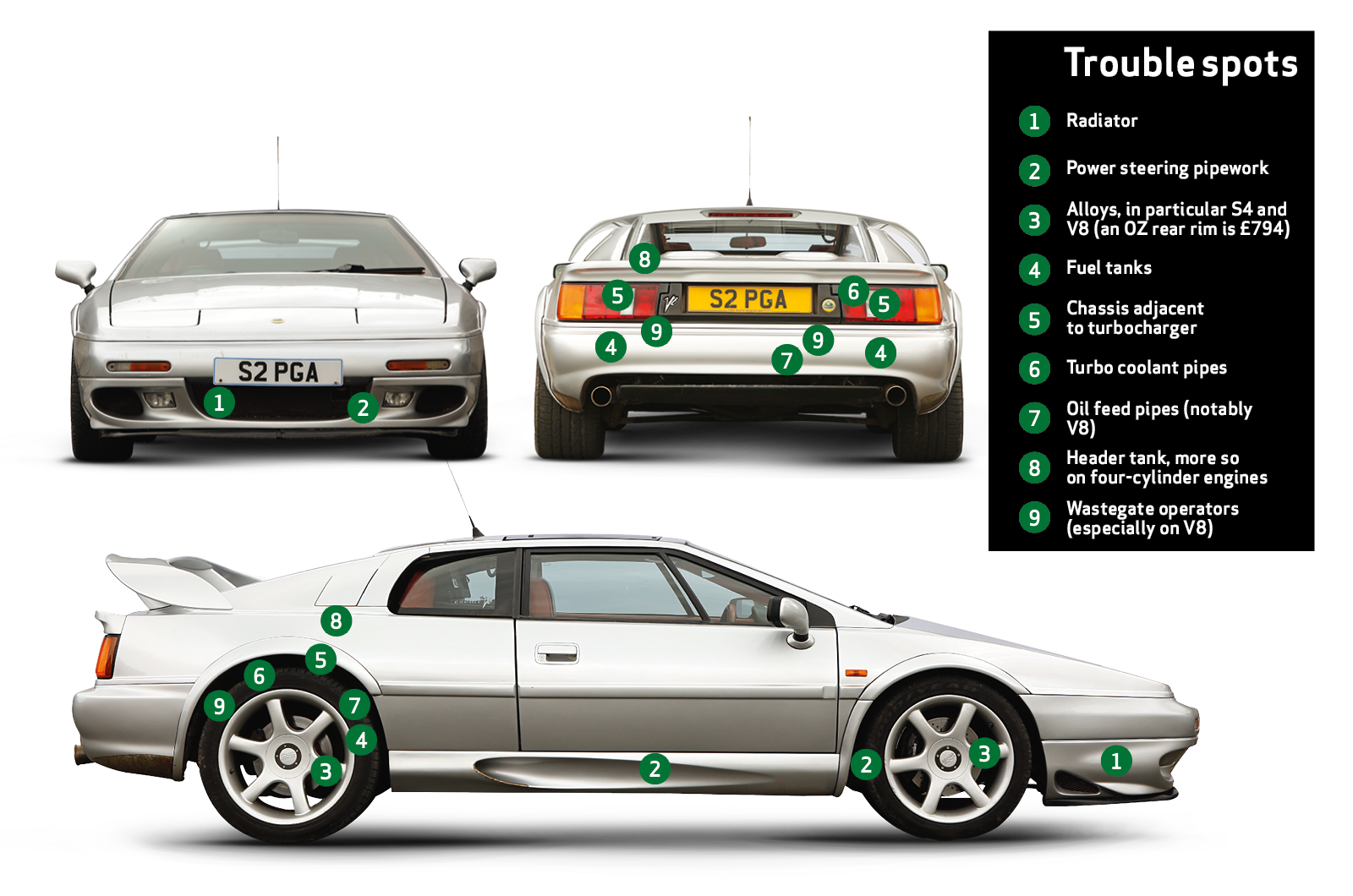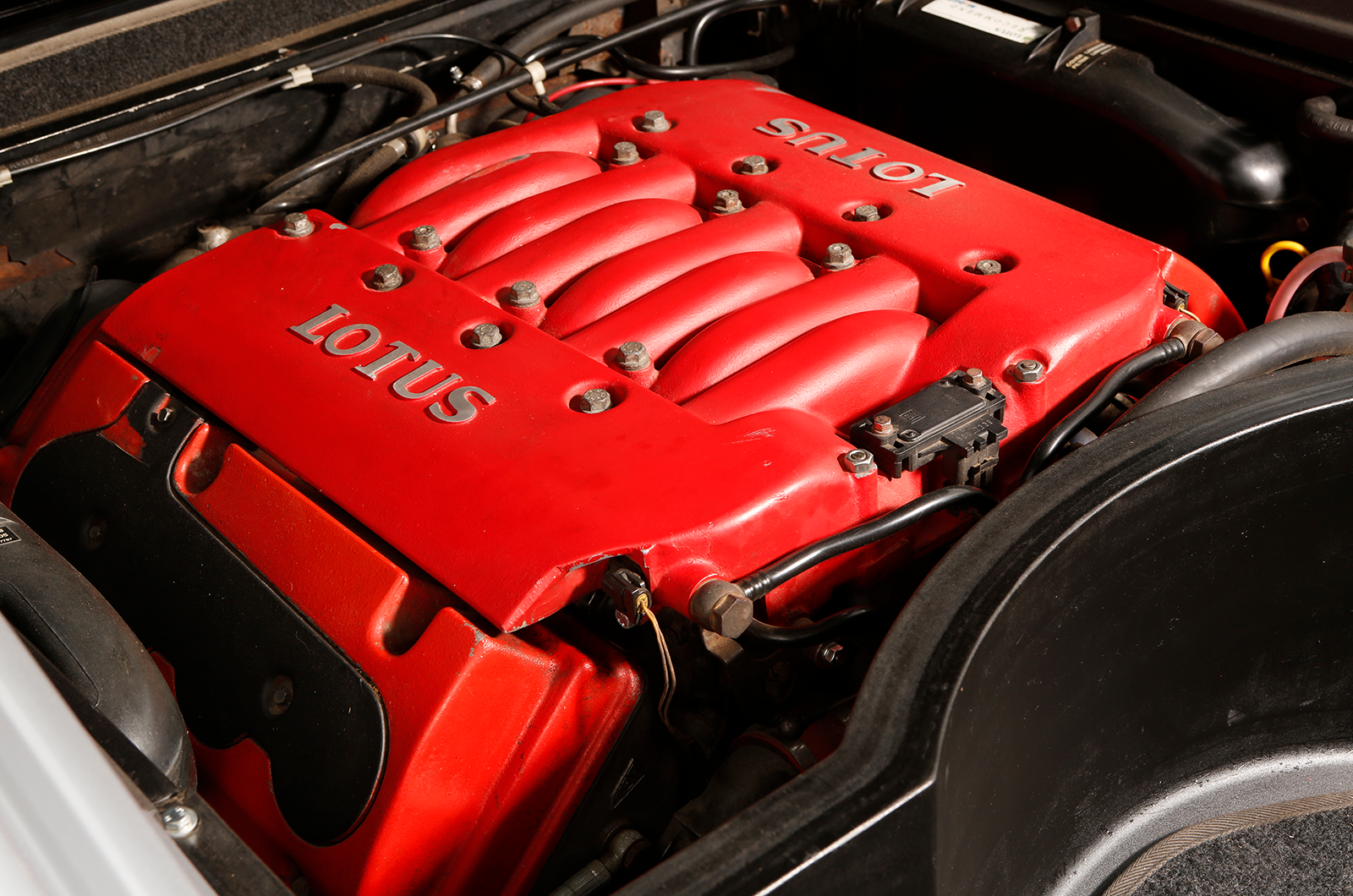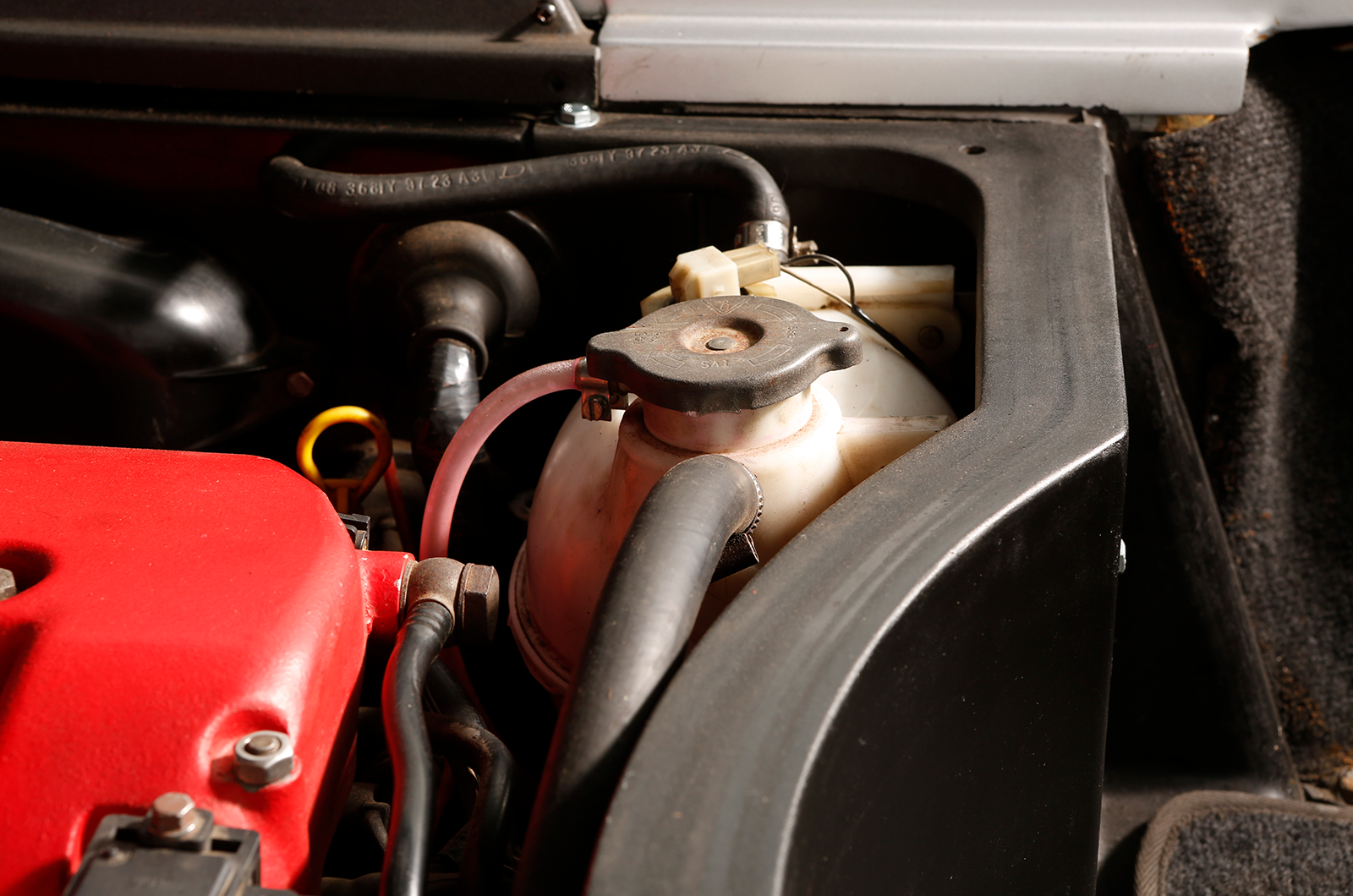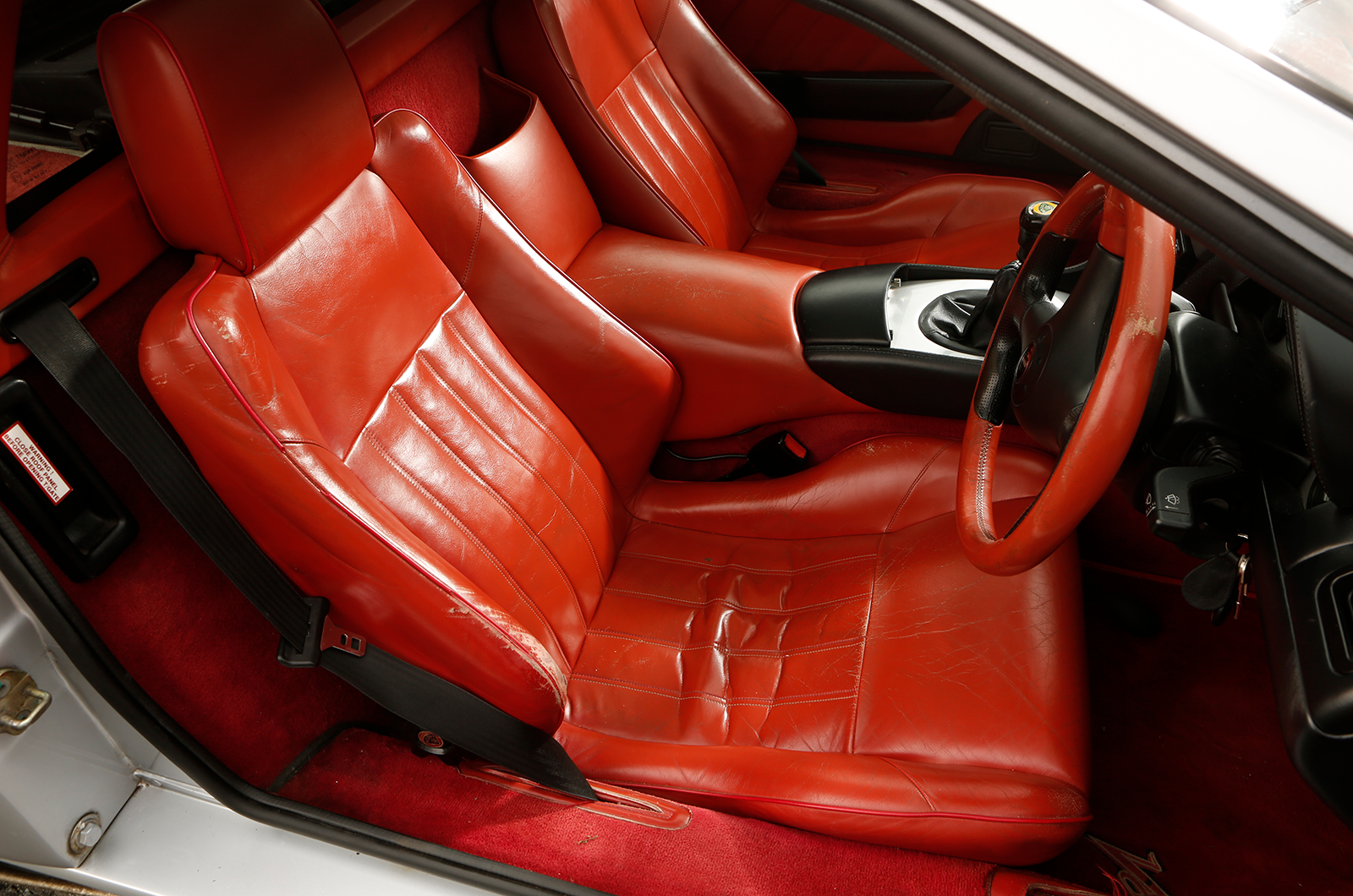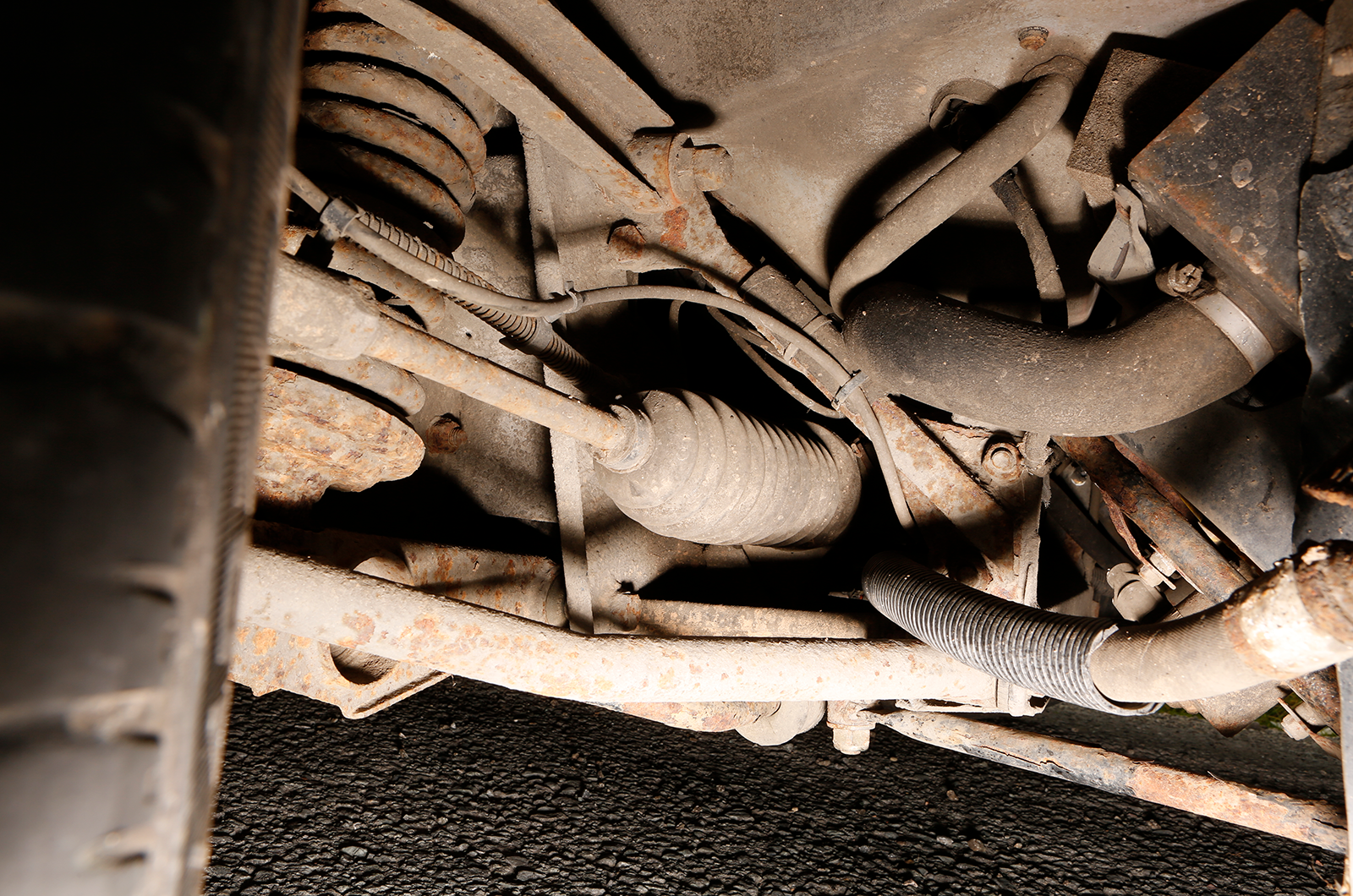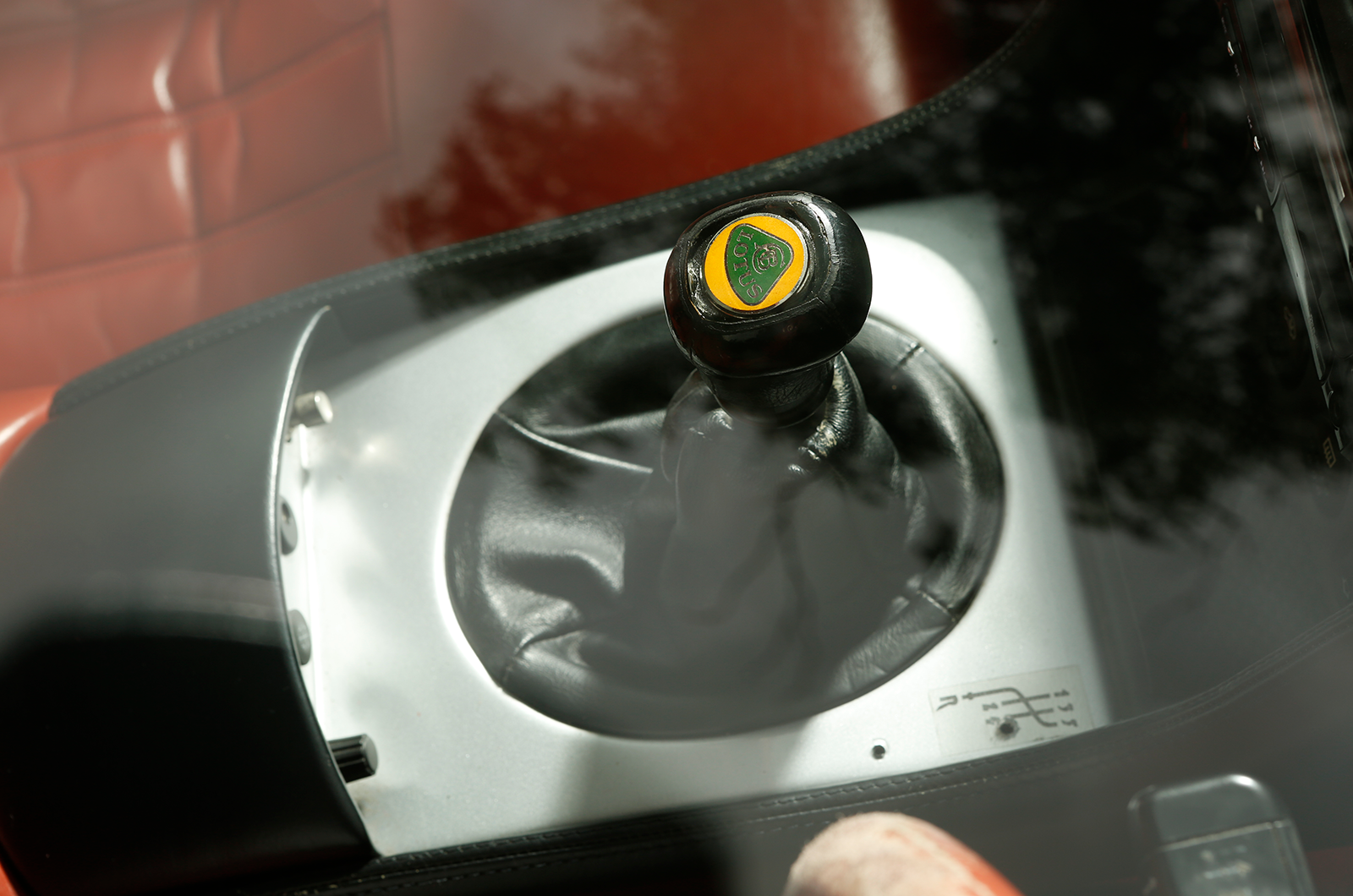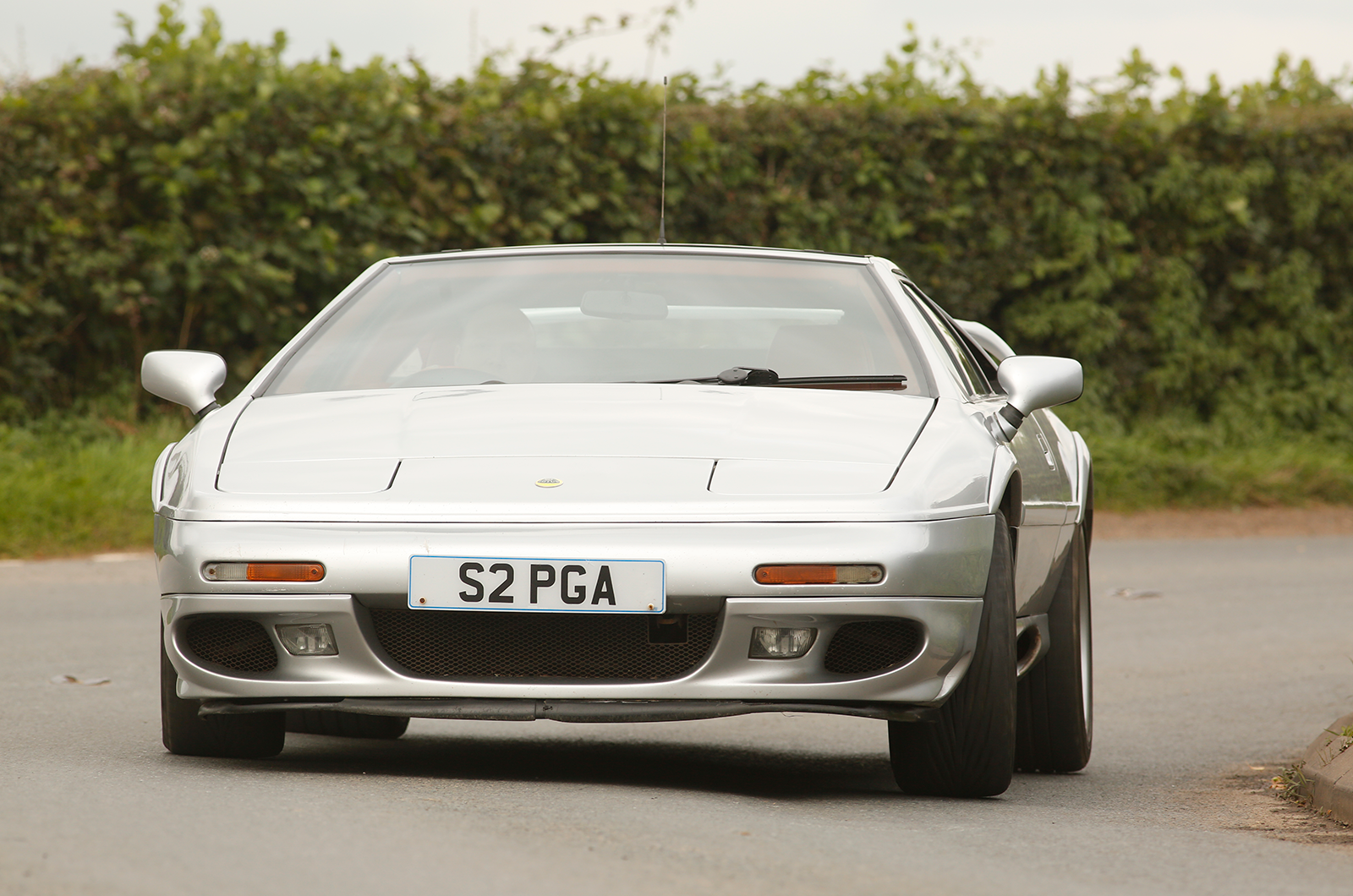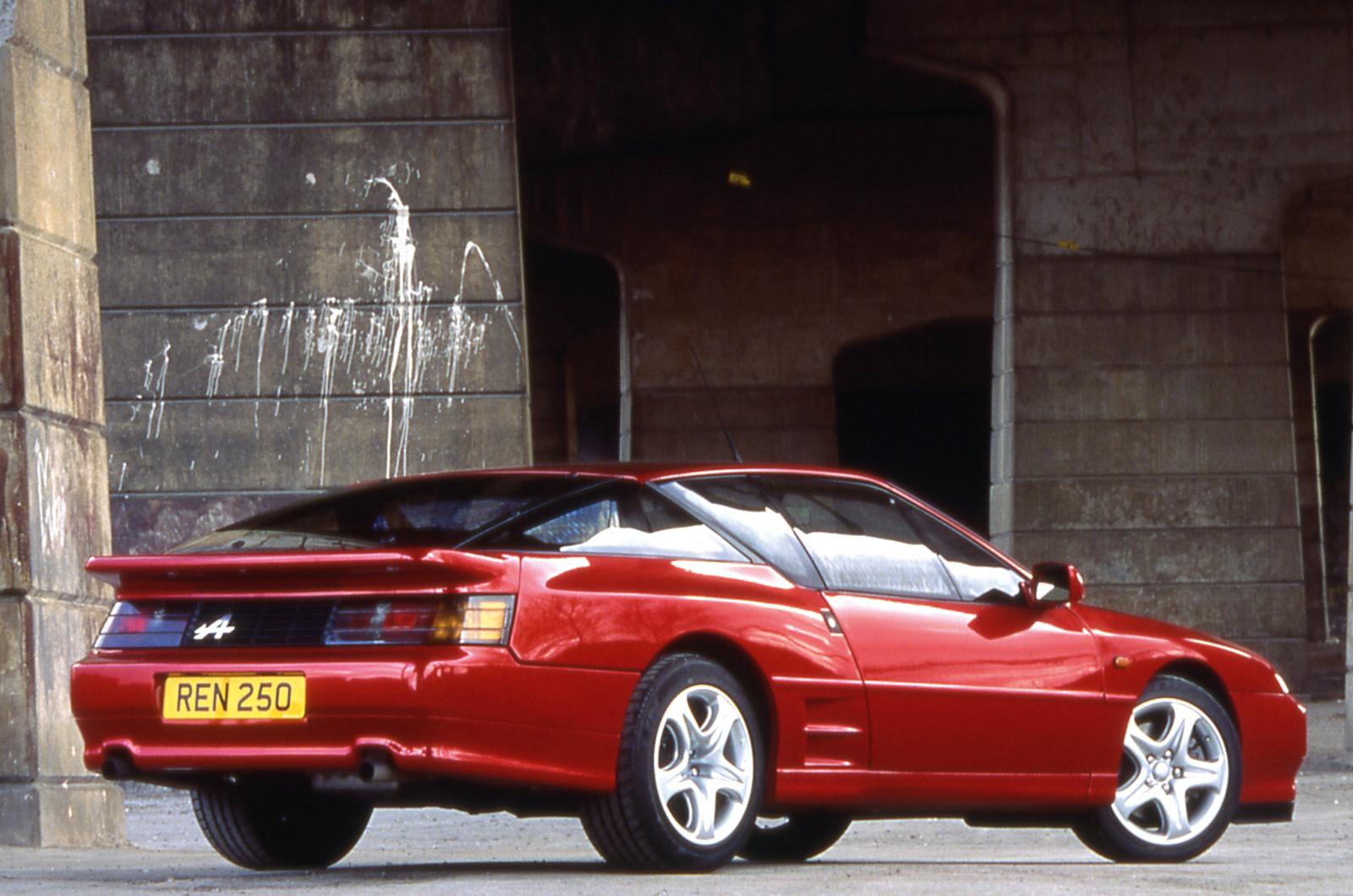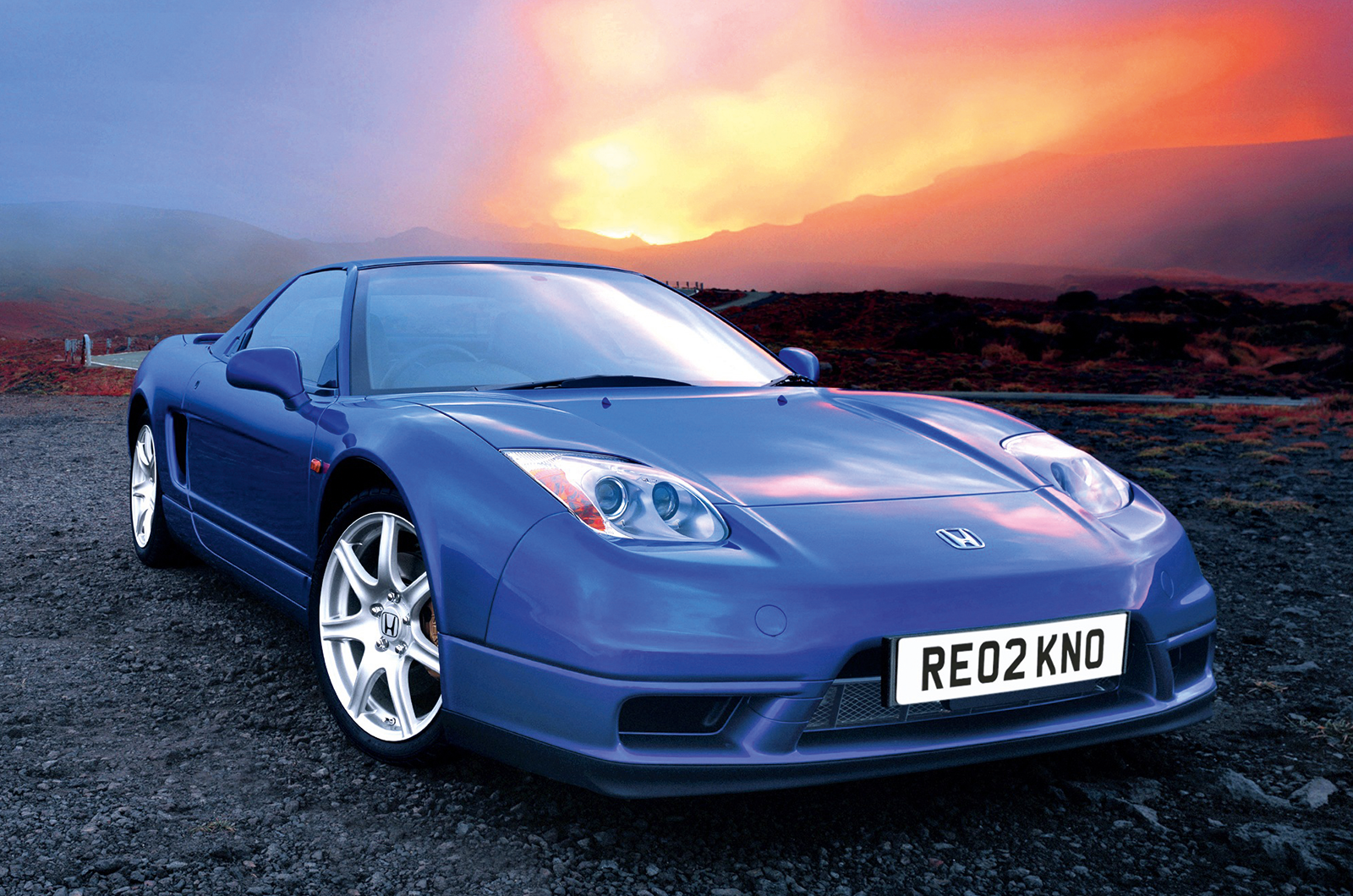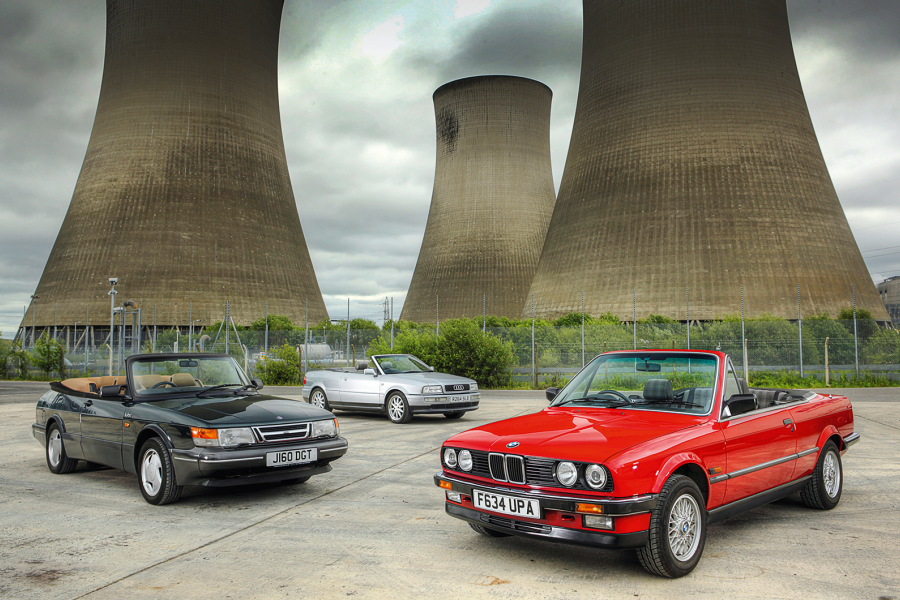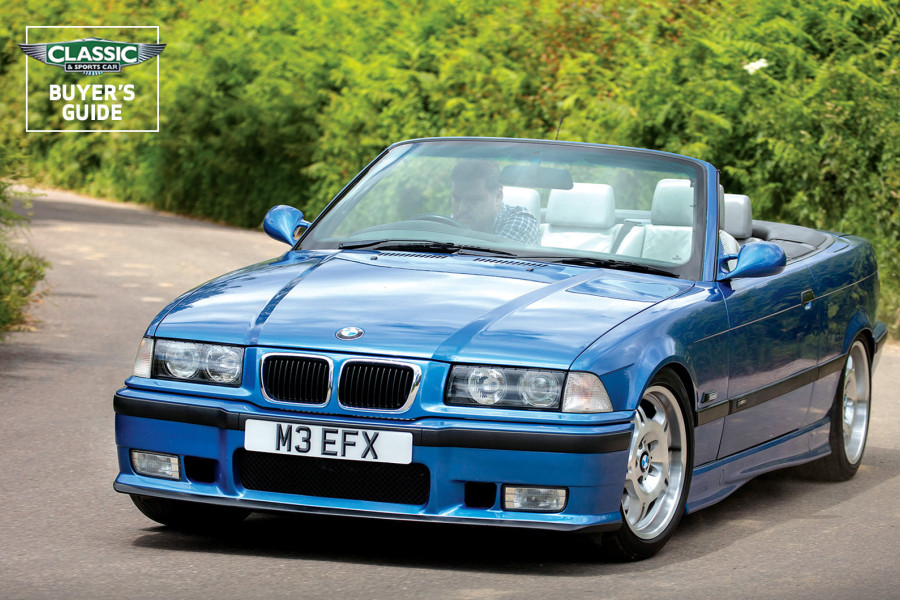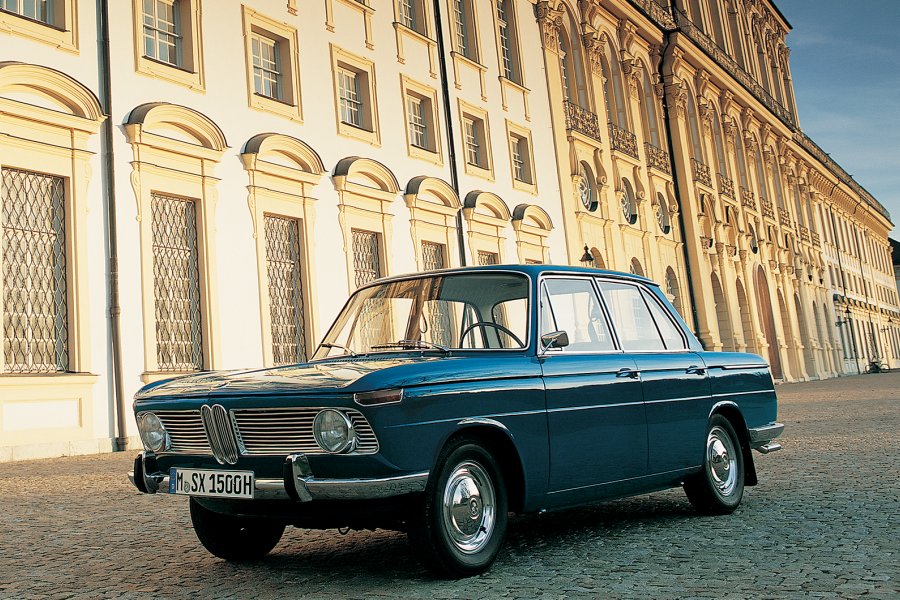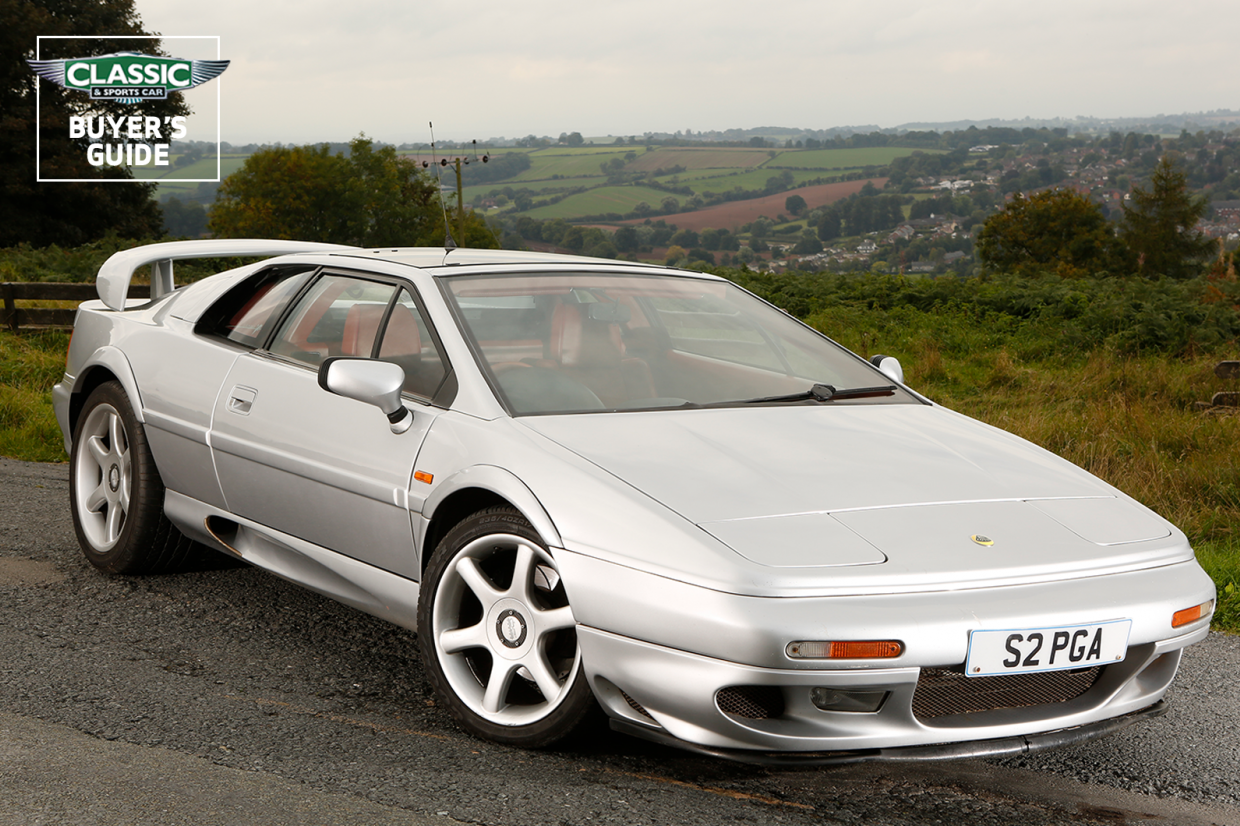
Why you’d want a Lotus Esprit (1987-2004)
By the time of the Peter Stevens redesign (coded X180), the Esprit was such a well-sorted, affordable machine that you had to conclude that people bought Ferraris only for the name and Porsches for dependability, so dramatically did the Turbo undercut them on price and beat them on performance.
Mid-range acceleration was blistering, handling awesome and only the soundtrack proved disappointing. The Stevens makeover was claimed to be much more aerodynamic than before, as well as being stiffer and more spacious, with better trim, instruments and controls – but it was 500lb heavier.
The gearbox was changed to the stronger Renault GTA transaxle, necessitating outboard rear brakes. The new Vacuum Assisted Resin Injection process for glassfibre body production improved quality and Kevlar reinforcement stiffened the shell. It was built as NA (1987-’89, 268), Turbo (1987-’92, 1207), Turbo SE (1989-’92, 1546, plus 62 SE high wing) and Sport 300 (1993, 64).
Julian Thompson tidied it up to produce the S4 of ’93, with new rear wing, bumpers and side scoop, plus a much-revamped interior incorporating Vauxhall parts from Lotus’ new owner.
It continued to 2001 in S4 (1993-’96, 622 built), S4S (1995-’96, 332), V8 (1996-’98, 435), GT3 (1996-’98, 196), V8-GT (204) and V8-SE (1998-2001, 306), plus Sport 350 (’99, 54) forms, before being facelifted again by Russell Carr (292 made).
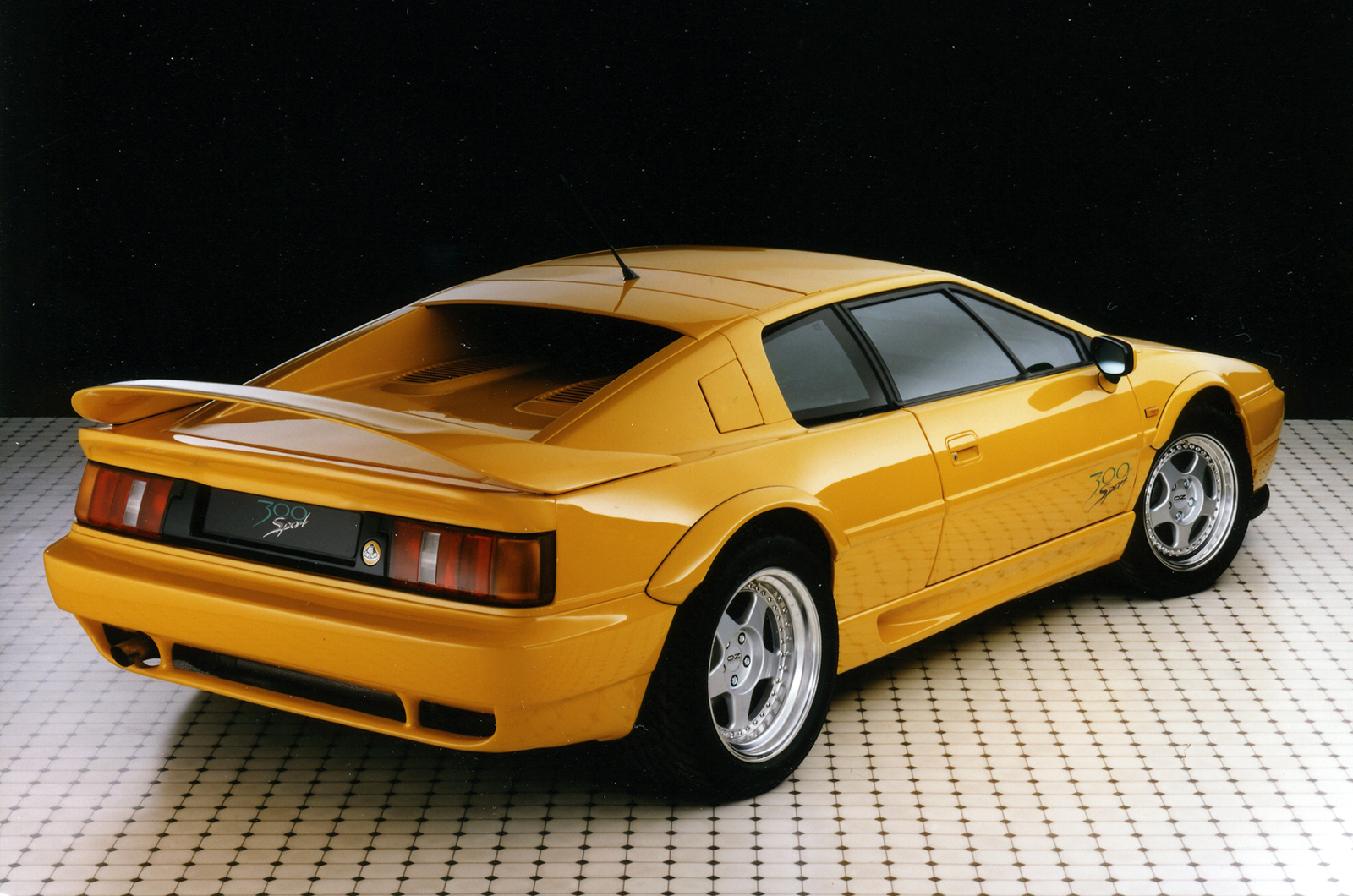
The Sport 300 was the fastest of the four-cylinder Esprits

